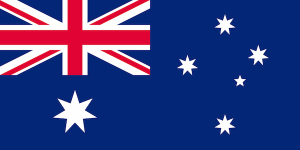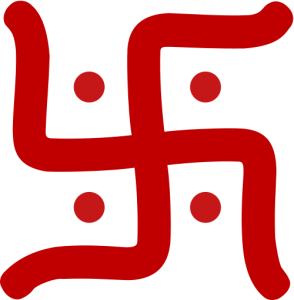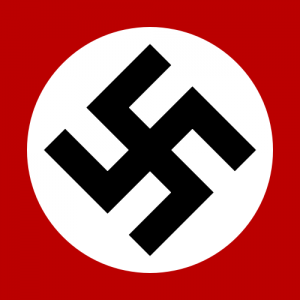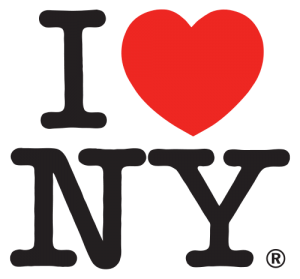Previously we talked about the fifth type of manifestos – a visual manifesto. And, there are several different styles of visual manifesto. For instance: a graphic, a word picture, an infographic, a photograph and an icon or symbol. In this post we are going to focus on the use of icons or symbols to represent your big idea.
1 Country Flag
Perhaps the most iconic of all visual manifestos is a national flag. People salute them; go to war carrying them and even burn them to register their displeasure.
The Australian Flag design was the result of a competition in 1901 to represent the newly declared Federation of the Commonwealth of Australia. Five people were declared the joint designers of the new flag because they all submitted a similar design.
National flags are rarely changed unless there is a distinct change in constitution and leadership. Canada did change their national flag in 1965 whilst Australia and New Zealand have talked about it for many years with no change. In contrast, I think the possibility of changing the US flag is effectively zero.
2 Smiley face
 In 1963, New York radio station WMCA was running a competition to promote themselves as the ‘Good Guys’. They hired an advertising agency to create a happy face to fit on a button. The final design by commercial artist Harvey Ball has become one of the most potent symbols of the past 50 years: the smiley face.
In 1963, New York radio station WMCA was running a competition to promote themselves as the ‘Good Guys’. They hired an advertising agency to create a happy face to fit on a button. The final design by commercial artist Harvey Ball has become one of the most potent symbols of the past 50 years: the smiley face.
3 Peace sign

[Tweet “Which of these 11 Iconic Manifestos is your favourite?”]
4 Map

This highlights that manifestos can be represented in different ways that have slightly different meanings and values. And, whilst the burning of a flag is often viewed as an act of treason, the burning of a map is not.
5 Apple
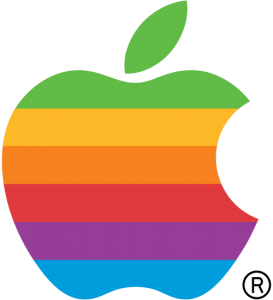
The original Apple logo was a graphic showing Sir Isaac Newton sitting under an apple tree. Check it out on Wikipedia here. This didn’t last long before Rob Janoff designed the iconic rainbow apple. The bite taken out of the apple was used so that it wouldn’t be confused with a cheery and the rainbow colours emphasize the fact the Apple II could generate graphics in colour. Today, the logo has been refined and the rainbow been replaced by flat black shape.
6 Olympic Rings

7 The Christian Cross

8 The Swastika
When the word ‘swastika’ is mentioned most people think of the Nazi Party of Germany that adopted their design in 1920. The Nazi’s chose the Swastika because of it’s long history and reference to the Aryans of India. The Nazi’s believe Aryan culture as the pre-eminent race of the planet and they rotated the design 45 degrees to represent their goal of racial purity.
The original Swastika is a lucky charm that was used in Ancient India and classical Europe. It is known as the Hindu Swastiki and is still used by Hinduism, Buddhism and Jainism.
The story of the Swastika highlights that icons can be given new meaning when adopted by new organisations.
9 Love Heart
The love heart symbol was originally a metaphor for the heart as an organ and was developed at the end of the middle ages. During the 15th Century, the meaning morphed and the heart became synonymous with love.
Today, the symbol has been re-used in many forms. Perhaps the most popular version is the ‘I love New York’ icon designed by Milton Glasser and Bobby Zarem as part of an advertising campaign to promote tourism to New York.
10 Ying Yang
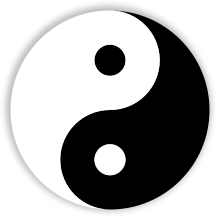
11 Superman Shield

Can you think of any other iconic manifestos we could add to this list?

